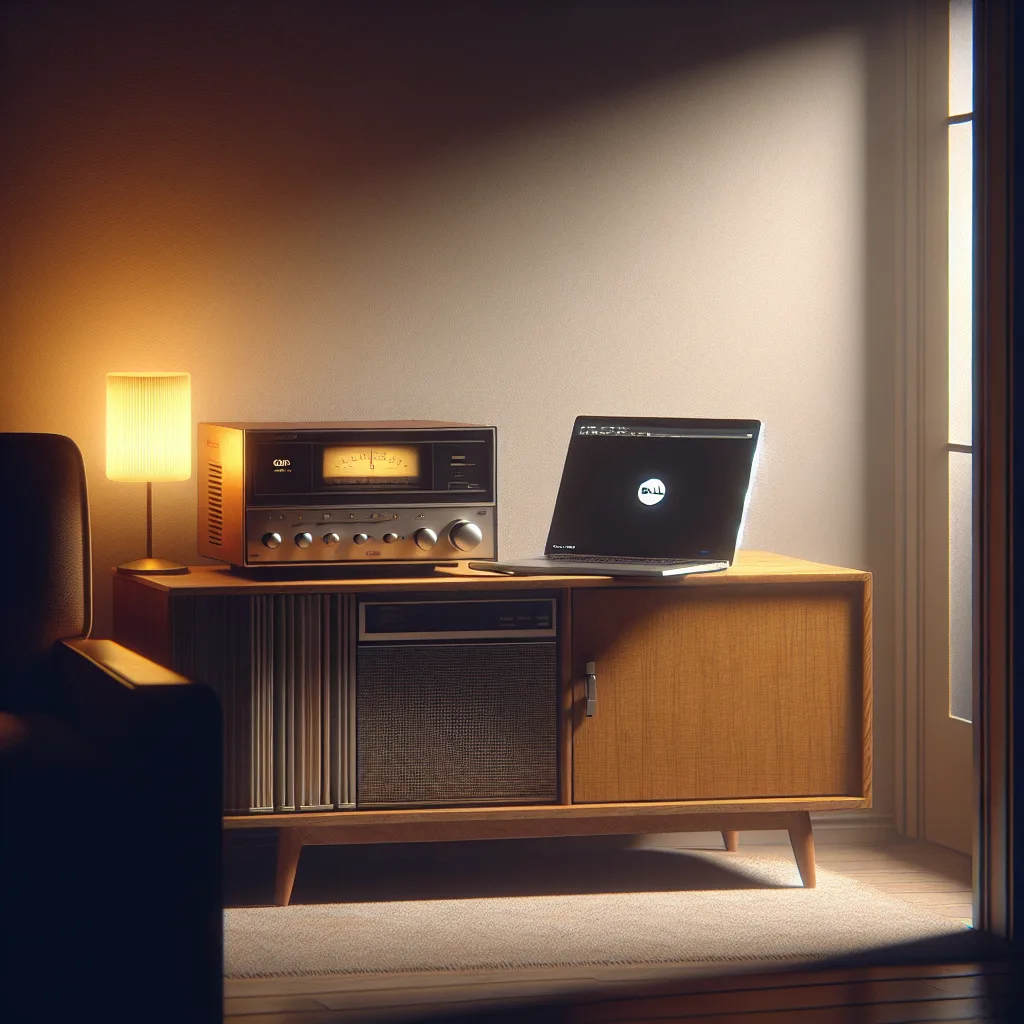Thinking about a home server? Your old laptop might be all you need. Learn how a simple machine can run Plex, file sharing, and more.
You see pictures of home servers online and they all look the same. Racks of humming machines. A web of perfectly managed cables. Blue and green lights blinking in a dark, cool room. It all seems so… serious. And expensive.
I get it. It’s impressive. But it’s also intimidating. It creates this idea that if you want to run your own services at home, you need a degree in IT and a budget to match.
I’m here to tell you that’s just not true.
My friend’s home server? It’s an old Dell laptop from a few years back. The kind you’d buy for college or for your parents to browse the web. It has a modest Intel i3 processor and runs plain old Windows 10. And you know what? It works beautifully.
The Humble Heart of the Operation
Let’s be clear, this machine is not a powerhouse. It’s a Dell Inspiron 3593. It won’t be mining cryptocurrency or running a dozen virtual machines. But that’s not the point. The point is what it can do, with hardware that many of us already have gathering dust in a closet.
Right now, that little laptop does two things, and it does them well:
- It runs Plex. If you haven’t used Plex, it’s basically your own personal Netflix. You load it up with your movies and TV shows, and it organizes them into a beautiful library that you can stream to your TV, phone, or computer, wherever you are. This laptop is powerful enough to handle a couple of streams at once without breaking a sweat.
- It’s a central file hub. All the family photos, important documents, and random downloads have a single, safe place to live. No more “Wait, is that photo on your laptop or my old desktop?” It’s all just there, accessible from any device on the home network.
That’s it. It’s not running a global enterprise. It’s just making life a little more convenient.
Why a Laptop Is a Surprisingly Great Server
When you stop and think about it, a laptop is almost perfectly designed for this kind of light-duty server work.
First, it’s incredibly power-efficient. Unlike a big desktop tower that’s always drawing a significant amount of power, a laptop sips electricity. It’s designed to run for hours on a small battery, after all. When it’s just sitting there, plugged in and serving files, it’s using a tiny fraction of the energy of a “proper” server. That’s a real, tangible saving on your electricity bill.
Second, it has a built-in battery backup. If the power flickers or goes out for a few minutes, the laptop doesn’t care. It just keeps running on its battery. No need to buy a separate, expensive Uninterruptible Power Supply (UPS).
And finally, it’s simple. You don’t have to learn a new, complicated operating system like Linux or TrueNAS if you don’t want to. It’s just Windows. You know how to use it. You set it to not go to sleep when you close the lid, install your software, and you’re done.
But Is It Really Good Enough?
Sure, there are downsides. An i3 processor will struggle if you ask it to stream a high-bitrate 4K movie to three people at once. The single hard drive means you need a separate backup plan (which you should have anyway!). And a dedicated server will always be more powerful and expandable.
But that’s missing the forest for the trees.
This isn’t about building the ultimate server. It’s about solving a problem with the tools you already have. It’s about demystifying the process and proving that you can get started with almost no investment.
So before you go shopping for enterprise-grade hardware, take a look in your closet. That old laptop you replaced last year might just be the most practical, efficient, and budget-friendly home server you could ever ask for.
